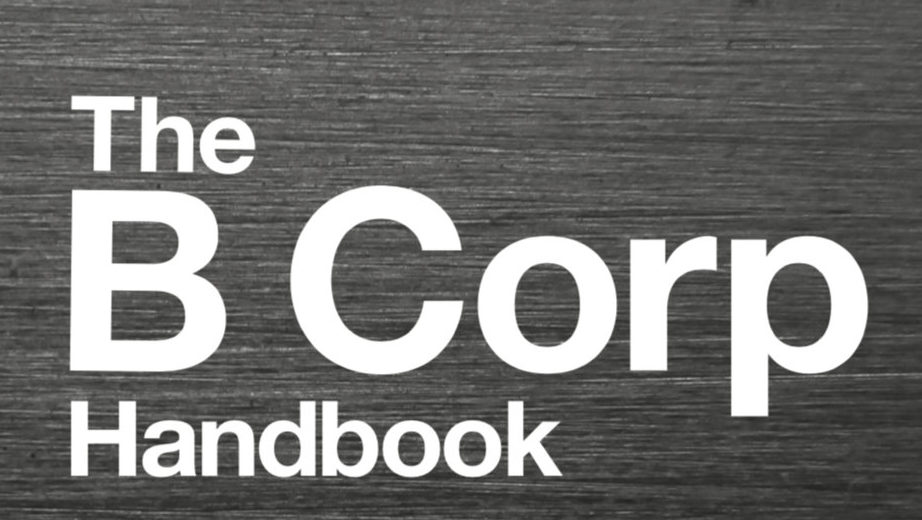Claudie Eustache
In recent years, more and more companies have become interested not only in their social responsibility (generally called CSR), but also in the notion of impact. With impact assessment, an organization will take the time to measure the effects of its activities on various issues, allowing it to set objectives to improve the effects of its activities on the economy, society and the environment.
There are various impact assessment methods, but one of the fastest growing is the B Corp certification, developed by the U.S. organization B Lab. Companies of all sizes and sectors can simply complete the B Assessment questionnaire to assess their impact on corporate governance, employees, the environment and the local community. Companies scoring 80 or more (out of a possible 200) can start a certification process if they wish.
The B Assessment and B Corp certification are primarily intended as tools for continuous improvement of practices within the company. WILL being officially certified B Corp since March 2019, we use the B Assessment questionnaire to better understand our weaknesses, the different ways for us to become a fairer organization and thus ensure that Sustainable Community carbon credits are an offsetting option with a maximum impact.
Even for a B Corp company that has been certified for several years, it can be difficult to fully understand the usefulness of some B Assessment questions and the best practices associated with them. That’s why Ryan Honeyman, of B Corp LIFT Economy, published in 2014 “The B Corp Handbook: How You Can Use Business as a Force for Good”, a practical guide for all companies, certified or not, to better understand the purpose and culture of the B Corp community and a detailed explanation, section by section, of the various questions in the B Assessment.
The second edition of this guide, released last spring, was revised in collaboration with Dr. Tiffany Jana, founder of B Corp TMI Consulting, which specializes in diversity within organizational environments. Diversity and social inclusion are central to the discussion of this second edition; a choice that is not insignificant.
Following an internal survey, B Lab discovered that in addition to having a less diverse workforce than the general American population, a majority of employees considered the organization’s culture to be very white and affluent. Offices located in a wealthy suburb of Philadelphia, a trio of founders from the high finance sector and the habit of hiring people who had been interns and therefore from management networks or residents of this privileged area have led to the creation of institutional biases within the organization itself.
Several employees from minority communities pointed out in this survey, among other things, a lack of concern about the political issues affecting certain employees in discussions between colleagues (police violence, immigration policies) and various policies developed with a single employee profile in mind (for example, a work related expense policy based on the idea that all employees have access to a credit card with which they can advance funds and then be reimbursed). These results were a shock and a source of reflection for the leaders of an organization that seeks to position itself as a reference in terms of good corporate practices.
Dr. Jana’s recommendations found throughout the book, like many of the general documentation produced by B Corp, are oriented for an American public but still serve as an interesting basis for B Corps in Quebec or more broadly in Canada. We cannot escape this question, especially in a context of labour shortage. In cities such as Montreal and Toronto, do companies based in transitional urban neighbourhoods, in order to take advantage of lower rents, offer employment opportunities to traditional populations in these sectors? Is your organization ready to hire a candidate with the first work experience in Canada? Does your company collaborate with Aboriginal businesses and organizations in your region?
One of the main interests of participating in the B Corp movement is the idea of being continually challenged to improve our practices and not to rest on our laurels, which is sometimes easy to do, especially in companies with an environmental mission. The second edition of the B Corp Handbook is an invaluable reference book to be kept close by for its thought-provoking insights.

